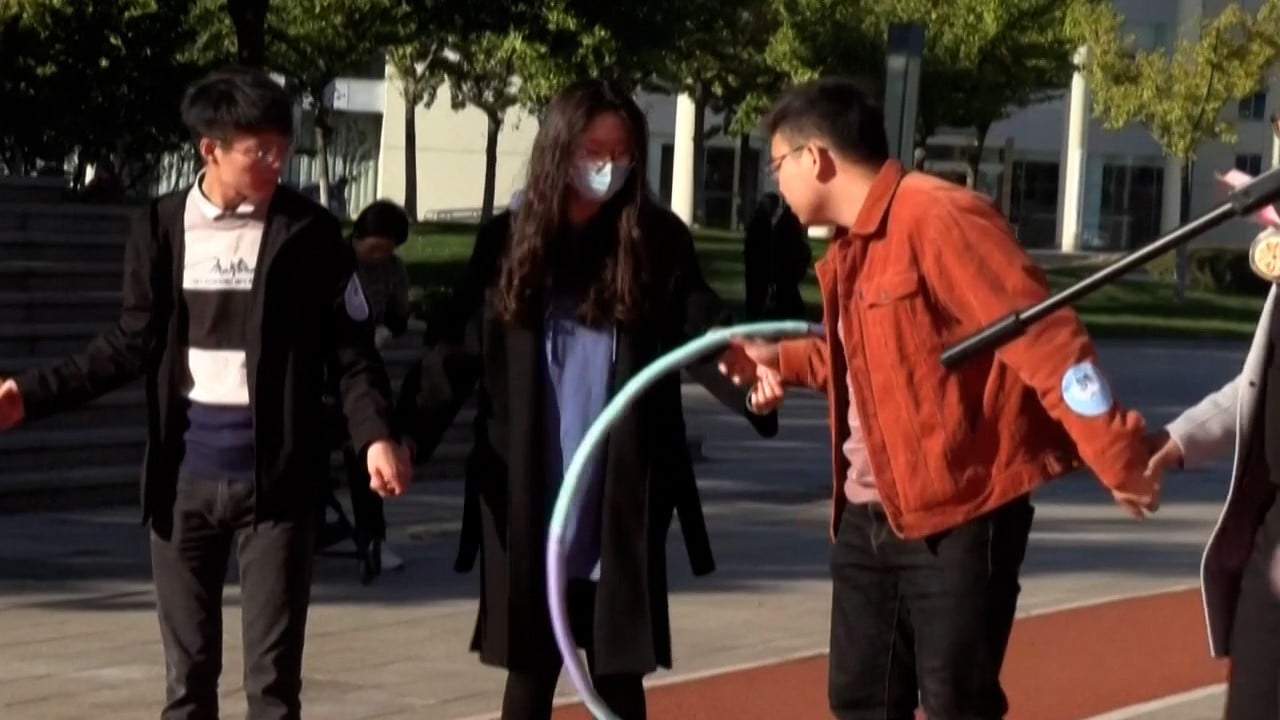
China population: new five-year plan vows to tackle ‘insufficient’ elderly care as ageing crisis worsens
- The 14th five-year plan on elderly care has highlighted a dire need to improve services for China’s fast ageing population
- Authorities have promised to build more facilities to care for people at the end of their lives and those suffering from chronic illness
China is set to improve access to medical care and increase services for the elderly in the next five years as part of a push to support the nation’s fast ageing population.
The National Health and Medical Commission (NHMC) issued the 14th five-year plan on elderly care on Tuesday, which highlighted a dire need to improve health services for elderly in both rural and urban areas.
The population aged 60 and above was 267.36 million last year, accounting for 18.9 per cent of the total, according to official data.
“We must also see that [the] country’s elderly population is large and ageing rapidly, and there are still areas of unbalanced and insufficient elderly care and elderly care services, and the coordinated development of the cause and industry still needs to be improved,” the NHMC said in a statement last week regarding the new plan.
The new five-year plan vowed to boost access to medical care for people above 65 and strengthen rehabilitation services that use traditional Chinese medicine. Authorities will also help build facilities for people at the end of their lives, suffering from the acute disease and chronic illness, as well as those needing long-term care, rehabilitation and day care.
Emphasis will be placed on the smooth operation of grass-roots services.
“Local governments and companies, especially state-owned enterprises, will be mobilised to play a role in providing elderly care services with high-quality services and reasonable prices,” said the NHMC.
There is already a severe shortage of home-care services for the elderly and those with disabilities in China, according to the Ministry of Civil Affairs.
In 2020, there were 220,000 registered nursing homes and facilities for the elderly, with more than 7.9 million beds.
Though the number of beds has grown steadily in recent years, it has not kept pace with demand, dropping from 31.6 beds per 1,000 seniors in 2016 to 30.5 in 2019. The previous five-year plan released in 2016 set a target of 35-40 beds per 1,000 seniors by 2020.
The shortage of beds has left families waiting months – or even years – to find a place for older members.
By 2025, more than 85 per cent of general hospitals, rehabilitation hospitals, nursing homes and primary medical and health institutions will become elderly-friendly medical institutions, the plan said.
The proportion of geriatric medicine departments in level two hospitals – which are usually found in medium-sized cities or countries – and above will reach more than 60 per cent.
No less than 20,000 geriatric physicians and 10,000 geriatric nurses will be trained over the same period, the plan said.
The government also aims to make full use of social media and traditional media to tell the population about common diseases afflicting the elderly, as well as plans to carry out activities on National Elderly Health Promotion Week and World Alzheimer’s disease Day.



